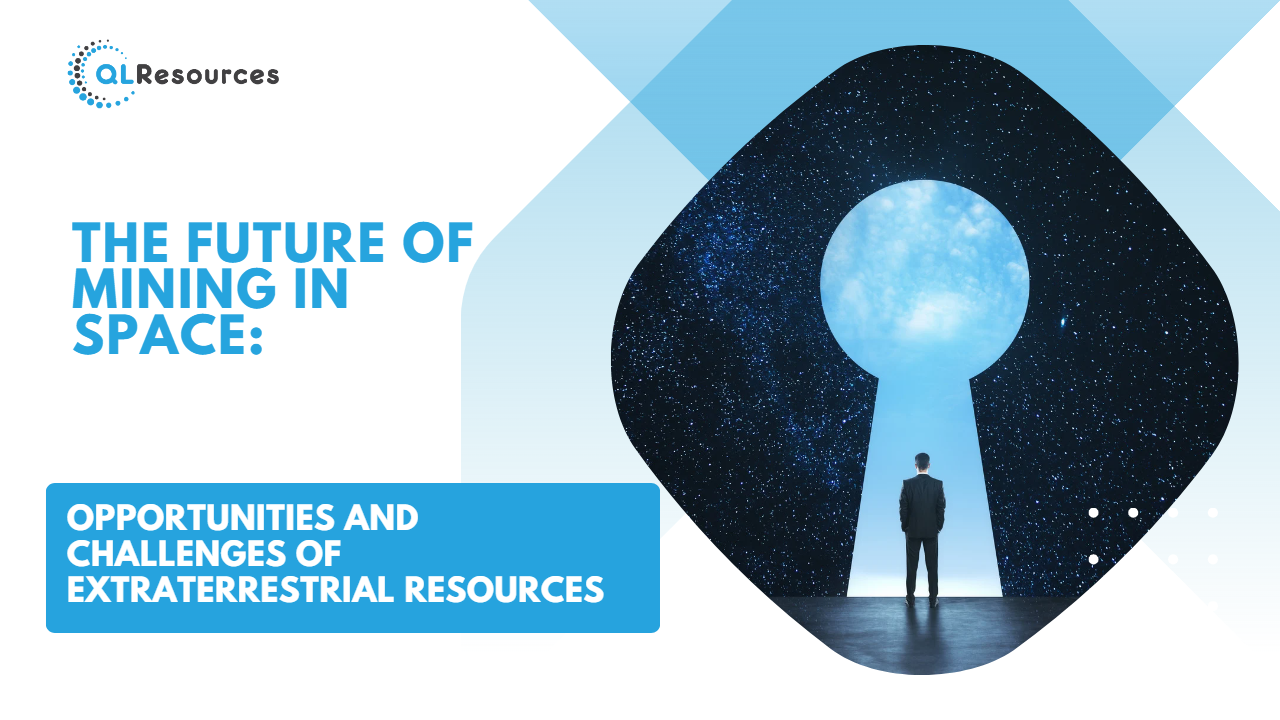
Space mining is no longer a concept confined to science fiction; it’s rapidly becoming a plausible reality. As the demand for rare minerals and resources increases on Earth, the prospect of tapping into extraterrestrial resources presents an exciting opportunity. This blog delves into the potential and challenges of space mining, examining its role in the future of resource acquisition.
1. Opportunities in Space Mining
Abundant Resources: The Moon, asteroids, and even Mars are believed to contain vast amounts of valuable minerals, including platinum, gold, and rare earth elements. Asteroids, in particular, are rich in metals like iron, nickel, and cobalt, which are essential for modern technologies.
2. Economic Growth: Space mining has the potential to create a new industry worth trillions of dollars. The commercialisation of space resources could lead to the creation of jobs, technological advancements, and new markets.
3. Sustainability on Earth: By shifting the extraction of resources from Earth to space, we can reduce the environmental impact of mining activities on our planet. This could be a critical step toward achieving sustainable development goals.
4. Support for Space Exploration: Mining resources in space can provide the necessary materials for further exploration and colonisation. Water extracted from lunar ice, for example, can be converted into oxygen and hydrogen, essential for life support and fuel.
Challenges of Extraterrestrial Mining
1. Technological Barriers: The technology required for space mining is still in its infancy. Developing efficient and reliable methods to extract and transport resources from celestial bodies to Earth poses significant engineering challenges.
2. High Costs: The cost of space missions is extraordinarily high, and space mining will require substantial investments. The economic viability of space mining depends on reducing these costs and developing cost-effective methods for resource extraction and transportation.
3. Legal and Ethical Issues: The legal framework governing space mining is underdeveloped. Questions about the ownership of extraterrestrial resources, environmental concerns, and the potential for conflict over space resources need to be addressed.
4. Risk Factors: Space missions are inherently risky. The unpredictability of space environments, potential mechanical failures, and the long duration of missions add layers of complexity and uncertainty to space mining operations.
Conclusion
The future of mining in space holds immense promise, offering solutions to some of Earth’s most pressing challenges, such as resource scarcity and environmental degradation. However, realizing this potential requires overcoming significant technological, economic, and legal hurdles. As we stand on the brink of a new frontier, the successful development of space mining could redefine our relationship with resources and the cosmos.